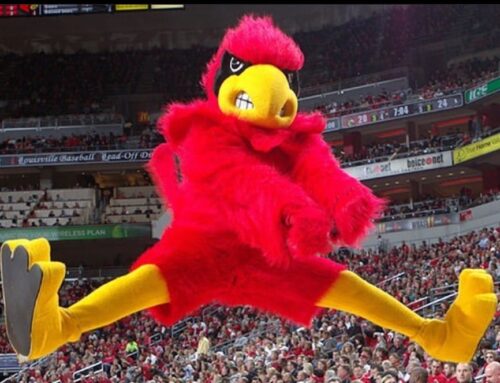By: T. Dylon Jones
With the 12th anniversary of the devastating terrorist attack on September 11, 2001 last week, and amid tense discussion on the conflict of Syria, many college students and many Americans find themselves in a familiar, yet foreign place. Vladimir Putin is in “The New York Times”, which leads this writer to believe a career as a Russian politician would have resulted in better publication opportunities, and Syrians become refugees by the millions, fleeing an authoritarian and possibly homicidal Ba’athist regime.
War is a strange thing. Much like with platypuses and Miley Cyrus fans, we accept it as sometimes necessary, sometimes unavoidable, and always horrific. But all humor aside, the few brave enough to fight for our freedom in any struggle are to be showered with adulation.
Luckily, these people can provide us with insight. They can make real the abstract concept of war, presenting us with an unabashed look into that grisly realm.
The greatest example, as you probably already know, is “Dulce et Decorum est,” by Wilfred Owen. The best work of art from World War I, British poet and soldier Wilfred Owen reveals the darkness in Homer’s phrase “Dulce et decorum est pro patria mori,” which translates to “It is good and honorable to die for your country.”
Owen saw many young men go to war, compelled by propaganda’s pretenses of glory and heroism against archetypically evil villains. They found entropy and mutilation instead. Owen’s words on war resonate deep within us; his frank rendering of battle horrific and illuminating. He was placed in a mental hospital with fellow poet Siegfried Sassoon, who was detained as mentally unstable after openly opposing the British government’s unrealistic depiction of war, which was intended to convince young men to enlist in the military. After returning to battle, Owen was killed in action on November 4, 1918, 7 days before the end of the war. He was 25 years old.
I ask you all to remember Owens’ work as you reflect on the events of September 11, 2001, and as you contemplate the war in Syria. His depiction of chemical weapons is especially pertinent to the latter.
Photo Courtsey of Google Images





